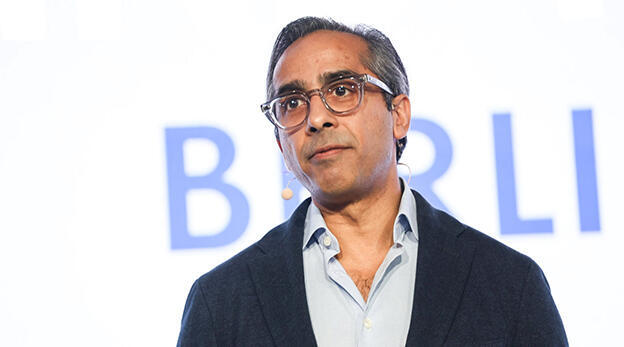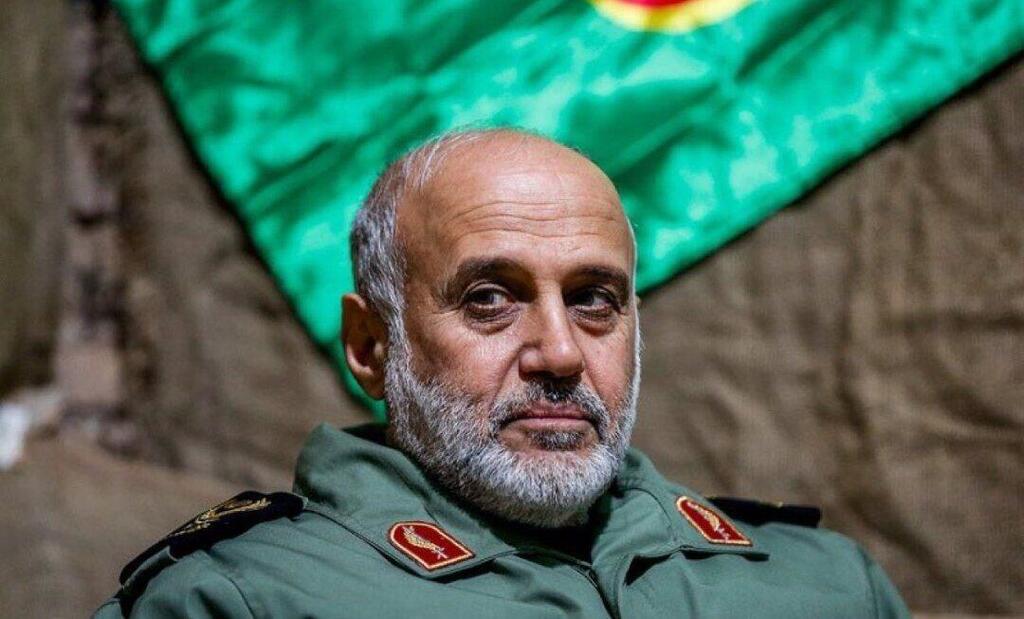
Israel delivers economic decapitation strike on Iranian regime
Assassination of KAA chief imperils Supreme Leader’s plan for a sanctions-proof “resistance economy.”
The extensive Israeli attack on Iran today is not only a severe military and reputational blow to the Iranian regime, but also a real economic drama. Israel’s damage to the nuclear program was not limited to the facilities themselves, but extended to its broader economic and human infrastructure.
From an economic perspective, the assassination of Major General Gholam Ali Rashid, commander of Khatam al-Anbiya (KAA), is a serious blow for the Iranians. Rashid had held this post for the past decade, and although a replacement will be appointed, past experience shows that the assassination of senior Iranian figures, especially those with unique authority and expertise, causes lasting disruption. The killing of Qassem Soleimani, head of the Quds Force, is a case in point. His successor, Esmail Qaani, is widely viewed as a weak and uninspiring figure, and the Quds Force under his leadership has diminished significantly in power and influence.
Rashid’s death will create problems for Iran’s economic and military infrastructure, at least in the short term. He led an organization that sits at the heart of the regime’s economy, one responsible for major infrastructure projects, especially in the fields of energy and construction, and which acts as the primary economic arm of the Revolutionary Guards. This damage could impair Iran’s ability to rebuild critical infrastructure, carry out major economic initiatives, and may intensify domestic unrest. It’s worth noting that KAA has been under international sanctions for years due to its strategic importance.
KAA is in fact the most important economic arm of the ayatollahs' regime. It was founded in 1989 by order of Supreme Leader Ali Khamenei to help rebuild Iran after the devastating Iran–Iraq War. Since then, it has steadily expanded its influence and now dominates multiple sectors of the Iranian economy, sometimes even dictating terms to the government itself.
Given the sanctions regime and the exclusion of foreign companies from Iran’s economy, KAA has emerged as the country’s largest government contractor and is involved in a wide range of highly profitable sectors, especially oil and gas (including strategic fields such as South Pars, Iran’s largest gas field), as well as construction, industry, mining, agriculture, transportation, water infrastructure, dams, railways, tunnels, public buildings, and healthcare. Any disruption in its chain of command would severely impact its ability to execute these projects, dealing a heavy blow to national development and the Iranian economy as a whole.
KAA also plays a critical role in helping Iran circumvent international sanctions. It provides domestic production capabilities, reducing dependence on imports. In addition, the organization frequently receives government assets in lieu of cash payments, making it a central financial pillar of the regime. It employs tens of thousands of workers, including engineers, technicians, and support staff, so any harm to its operations is likely to lead to job losses, potentially destabilizing Iran’s already fragile social fabric.
KAA is also a key player in implementing the Supreme Leader’s “resistance economy” doctrine, which aims to localize control over key industries in order to endure external economic pressures. Any disruption to KAA would therefore weaken this national strategy and reduce Iran’s resilience.
The organization’s importance stems from multiple factors. First, it is the engineering and logistics wing of the Revolutionary Guards, making it responsible for the execution of strategic and sensitive infrastructure projects. This grants it significant influence within both the religious and political elite. KAA is considered a powerful holding company that controls more than 800 subsidiaries in a range of sectors and is involved in hundreds of projects across the country at any given moment. Notably, it has won contracts for some of Iran’s most critical oil and gas fields, especially in the vacuum left by foreign firms that exited due to sanctions.
Beyond its civilian and economic projects, KAA is also involved in military-strategic initiatives, including the nuclear program and ballistic missile development. That role made its leader a high-priority target for assassination.














